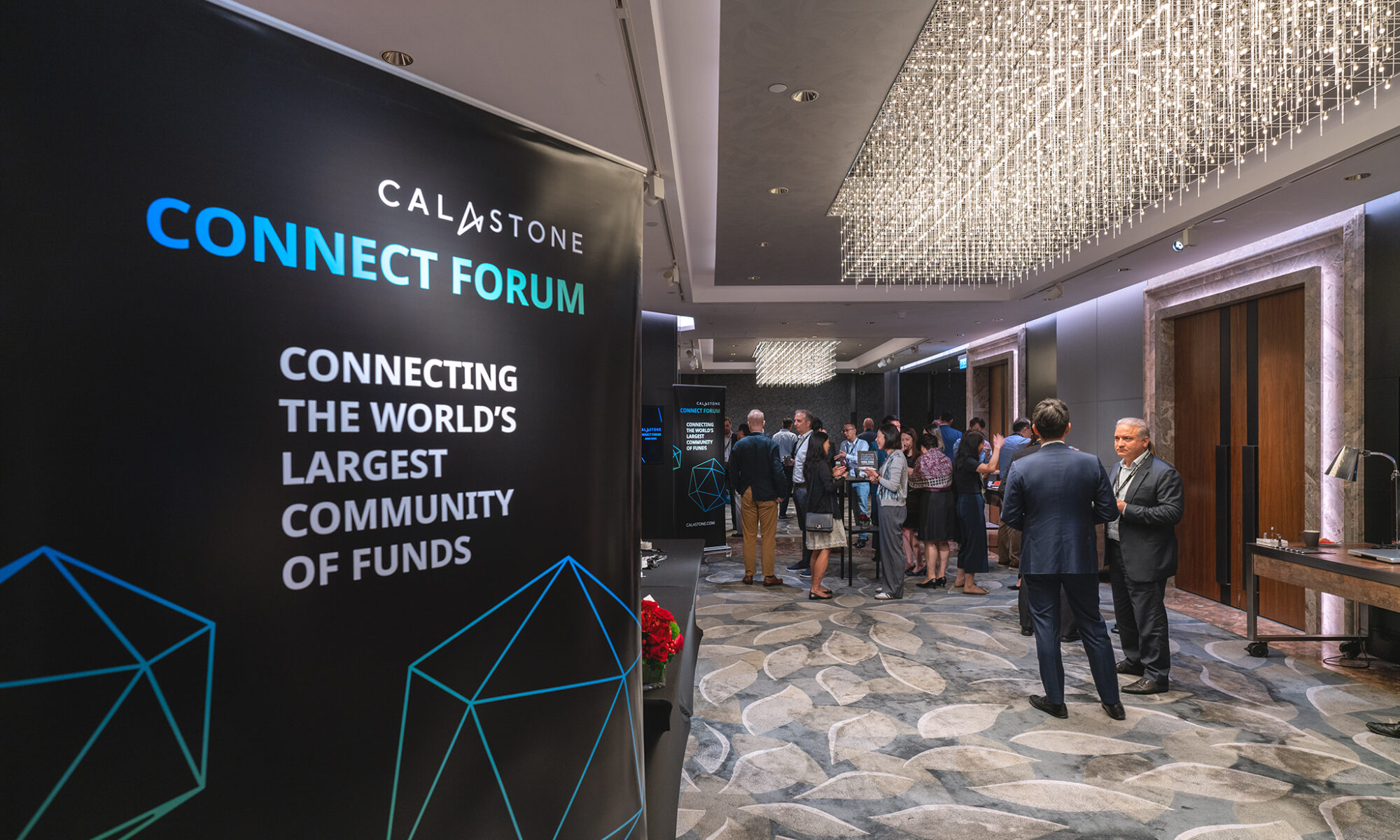It’s hardly news by now that the investment industry is embracing the inevitability of change, or that major Asian markets are in many ways taking the lead.
The trends are already familiar: the inexorable growth of digital wealth and tokenisation, the empowerment of end-investors, the inflection point for mutual funds, the turbocharging of ETFs. And today, for the first time perhaps, the technology, investor appetite, and regulatory landscape required to catalyse this long-anticipated industry revolution are all at a point where we will begin to see transformation unfold even more rapidly.
However, as tech-stock investors discovered (not for the first time) in 2022, when bold predictions of a brave new world collide with the stone wall of market reality, the consequences can be sobering.
The question of how we surmount that stone wall and realise these visions for the industry’s future were the centrepiece of discussions at our recent Connect Forum events in Singapore and Hong Kong.
Fixing the plumbing
Creating a more “investor-centric” business is fundamental to this process. These are simple words to write, but sometimes simplicity can be very complex.
Today’s investors demand the ability not just to place orders anytime, anywhere; they also demand the information and data that enables them to make those investment decisions. Delivering on those demands requires the top-to-bottom re-engineering of a century-old business.
“What we’re trying to get to is a seamless integration of services and trades, because we actually have the opportunity as an industry to standardise assets across the entire spectrum,” Irfan Ahmad, head of digital asset commercialisation for APAC & MENA at State Street, told the Singapore forum.
“Whether it’s private funds, mutual funds, or ETFs, we want to create a platform for investors to be able to invest universally without the friction that exists in current investment life cycles,” Ahmad added.
Essentially, this is about “fixing the plumbing, getting everything connected, which is actually the most difficult part of the job”, as Chwee Chua, global head of operations innovation at Schroders, described it.
Changing mindsets
Getting everything connected requires investment in innovation, disentangling fragmented legacy systems, collaboration between traditional and fintech firms, forward-thinking regulators and, just as importantly, the right industry mindset.
“The banking industry have, of course, poured resources into digitising the services industry but perhaps with a more inward focus previously,” said Julie Kerr, managing director, APAC co-head of sales at Citi. However, in recent years, there has been a significant uptick in investments in this space. Afterall, the services business is seen as the jewel of the crown at Citi.”
Data is the glue that will fix that jewel in place.
In the past, asset managers have been largely dis-intermediated from end-clients, which has resulted in a lot of data friction points and second-hand information. Now, companies like Calastone are making those information transmission mechanisms faster and more frictionless, enabling asset managers and distributors to deliver different products and vastly improved services.
“In general, there are far too many reconciliations, multiple systems, and numerous processes,” Kerr said. “At Citi, we constantly review our operating model from a client perspective versus what we see in the traditional industry to increase efficiency, optimize, and enhance client experience.
Triggering imaginations
As well as promising efficiency gains, reduced costs, and the ability to widen distribution, the transformation of the data landscape is triggering the collective imagination of an industry that’s too often been welded to legacy processes.
“We’re starting to see a forward-looking mindset from some asset managers, who are trying to get ahead of the trend and have an appropriate understanding of the technology and its potential, even if it involves cutting off a finger or two to get there,” said Adam Belding, chief technology officer at Calastone.
“So, rather than having the disruption come to them – waiting for fintech firms or robo advisors to come and eat their lunch – they’re looking to self-disrupt as they go down the path of looking at tokenisation, for example.”
Regulators in Asia are playing a key role in encouraging the industry to think ahead. In Hong Kong, for example, the Fintech 2025 scheme is aiming for universal fintech adoption across the banking sector.
“A lot of banks in Hong Kong are keen to embrace innovation, and they are overcoming the challenges of legacy IT systems,” said Dr Au King-lun, executive director of the Financial Services Development Council. “The government has been providing supportive policies to stimulate innovation such as the issuance of virtual bank licenses and so on, but that’s not enough. The onus is on senior management to encourage innovation, too.” “Elsewhere in Asia, there’s a lot of support for fintech, bringing technology into traditional systems and creating better infrastructure in order to grow the entire distribution channel,” said Glory Lau, general manager, platform services, at iFAST Financial Hong Kong.
A common goal
Singapore’s Project Guardian, for example, is pushing forward with the country’s vision to explore tokenisation by building an open interoperable network that facilitates trading across liquidity pools, and establishing institutional-grade financial protocols and regulatory safeguards.
Calastone is currently exploring the capabilities of a tokenised investment vehicle with Schroders, a participant in the Project Guardian. We provide the technology overlay to ensure that the governance across the ‘roads’ linking liquidity pools is carried out in a safe and calibrated way.
Ultimately, this complex web of interconnecting processes is leading to one goal: simplicity for the investor.
“The rise of digital wealth is one of the most exciting parts of our industry today,” said Damien Mooney, Asia-Pacific head of client partnerships and chief marketing officer at BlackRock. “There’s absolutely no doubt in my mind that this is where industry is ramping up opportunities, and that’s going to enable a whole new generation of investors to get access to the investment services they’ll need.”










